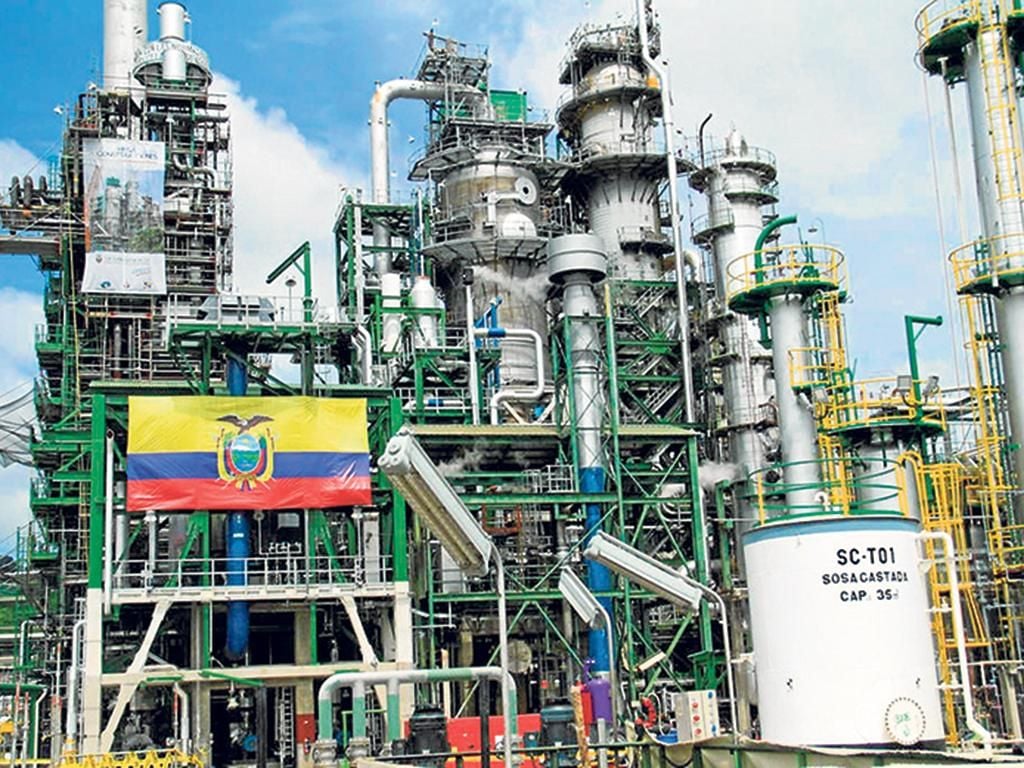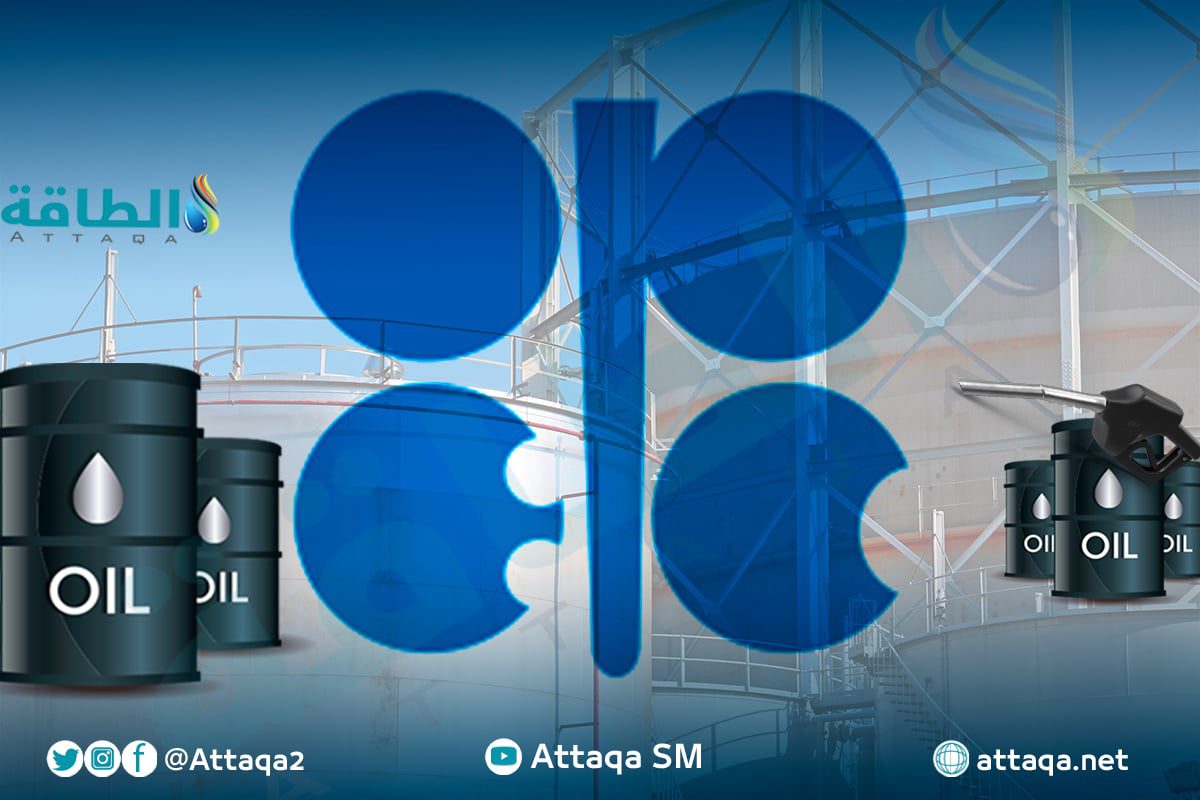The Organization of the Petroleum Exporting Countries, OPEC, opened its doors to Ecuador, welcoming it back to the ranks of 13 other major black gold producers in the world.
The Secretary-General of the organization, Haitham Al-Ghais, issued an official invitation to Ecuador to return to the organization again, after it left more than 3 and a half years ago.
This came in a letter sent by Al-Ghais to the Minister of Energy of Ecuador, Fernando Santos, on May 12, 2023, and the ministry unveiled it today, Tuesday, May 16, according to a report published by the “argus media” agency, which was seen by the specialized energy platform.
Organization of Petroleum Exporting Countries
Al-Ghais said that OPEC sees Ecuador as a “top priority”, and its return to the organization would bring enormous benefits to the South American country.
In his speech, he added, “Ecuador is an important producer and exporter of oil, and the organization’s secretariat believes that your esteemed country will benefit greatly from the information and experiences shared by OPEC and its member states, in addition to the possibility of strengthening diplomatic relations with like-minded oil-producing countries.”
The Secretary-General expressed his willingness to visit Ecuador, “to explain himself to Santos and the country’s President, Guillermo Lasso, the multiple advantages of joining OPEC.”
Founding of OPEC
OPEC was founded in Baghdad in 1960, and it included 5 founding countries at the beginning, but this number witnessed several changes over time, between joining and leaving, until the number of members has stabilized at 13 countries now.
OPEC aims to coordinate and unify oil policies among members, in order to secure fair and stable prices for oil producers, in addition to providing effective, economic and regular oil supplies to consuming countries.
Ecuador’s exit from OPEC
Ecuador joined OPEC in 1973, suspended its membership in 1992, and reactivated it in 2007.
After that, Ecuador left the oil organization at the end of 2019, as part of a government austerity program.
Commenting on this, the Ministry of Energy said – at the time -: “The decision was based on internal issues and challenges related to financial sustainability, and the country must deal with them.”
She added that (the decision) is in line with the government’s plan to cut spending and find new sources of revenue.
At that time, Ecuador’s oil production was about 550,000 barrels per day; This made it the fourth smallest producer within OPEC, after Congo, Equatorial Guinea and Gabon.
Oil production in Ecuador
Oil production in Ecuador is witnessing a significant decline, reaching 461 thousand barrels per day during the first quarter of this year (2023), according to the latest Central Bank data.
As a result, in March 2023, the Ministry of Energy lowered the oil production target for the current year to 490,000 barrels per day, compared to the previous target of 521,000 barrels per day.
The ministry attributed the cause to strikes organized by local residents, power outages and the closure of major pipelines since the beginning of the year, according to the report published by the specialized energy platform.

Crude oil is the main source of Ecuador’s export revenues, and it accounted for two-thirds of its total production last year (2023), and its revenues amounted to about $10 billion, which constituted 10% of the gross domestic product.
disturbances in the oil sector
The oil sector in Ecuador is witnessing several fluctuations that have greatly affected production in a country laden with debt, corruption and security unrest.
The latest of these unrest was the announcement by the state-owned oil and gas company (Petro Ecuador) – which is responsible for nearly 80% of oil exports – on March 19, 2023, a state of force majeure in the (Eden Uturi) oil field, due to the unrest there, according to Reuters.
The Eden Utori field is located in Block 12, and produces about 29 thousand barrels per day, within the 390.45 thousand barrels per day, which is the total production of the state company.
This was not the first declaration of force majeure in an oil field in Ecuador this year (2023); It was preceded by another in February (2023), after a number of pipelines were closed due to a landslide that paralyzed the facilities of the oil sector in Ecuador.
The authorities were also forced to suspend work on the “Esmeraldas” oil pipeline, due to a violent earthquake that occurred on Saturday, March 18, 2023, according to what was seen by the specialized energy platform.
President Guillermo Laso had announced, upon assuming his duties in May (2021), a plan to increase oil production in Ecuador to one million barrels per day, but several challenges prevented the conversion of this ambitious goal into reality, the latest of which was the demand for the dismissal of Laso on the background Accusing him of corruption.
related topics..
Also read..

Leave a Reply